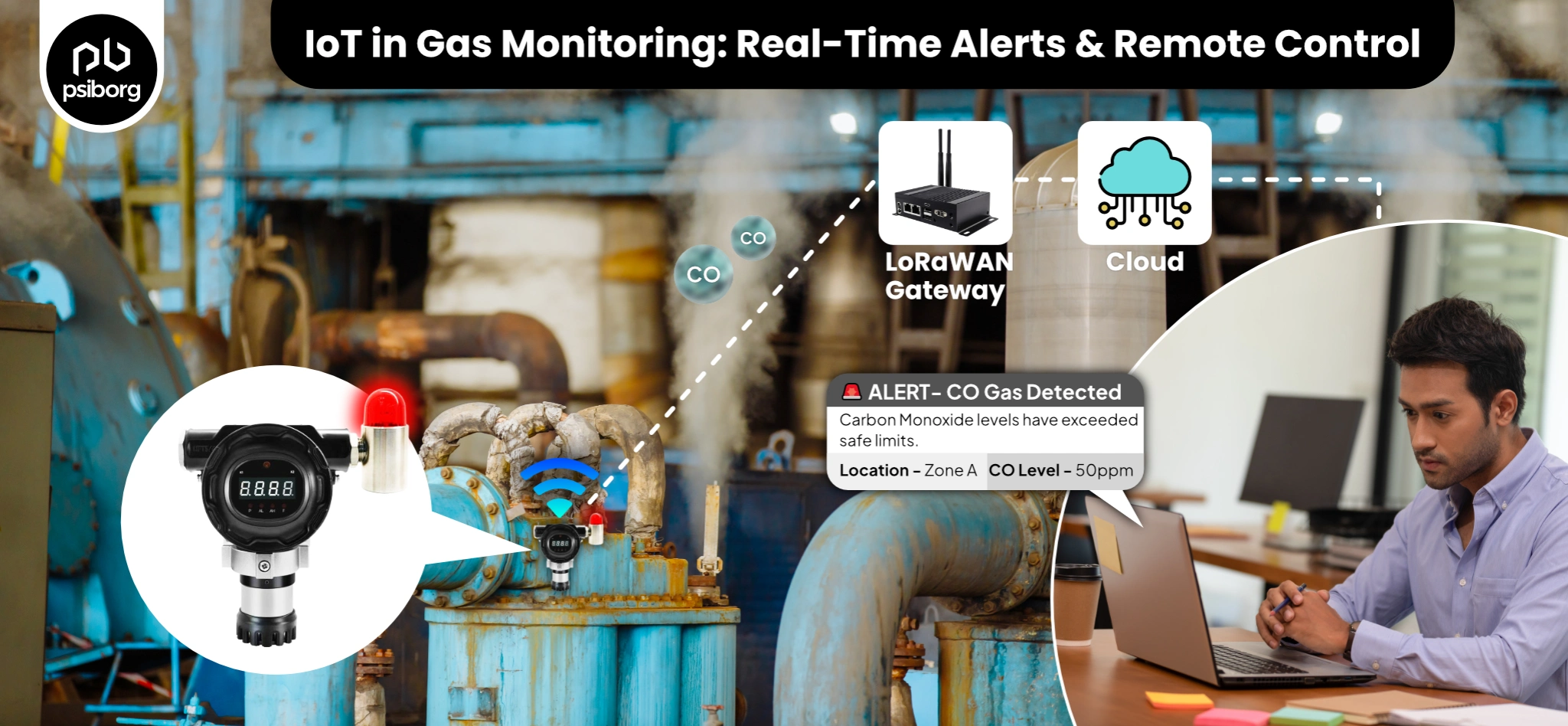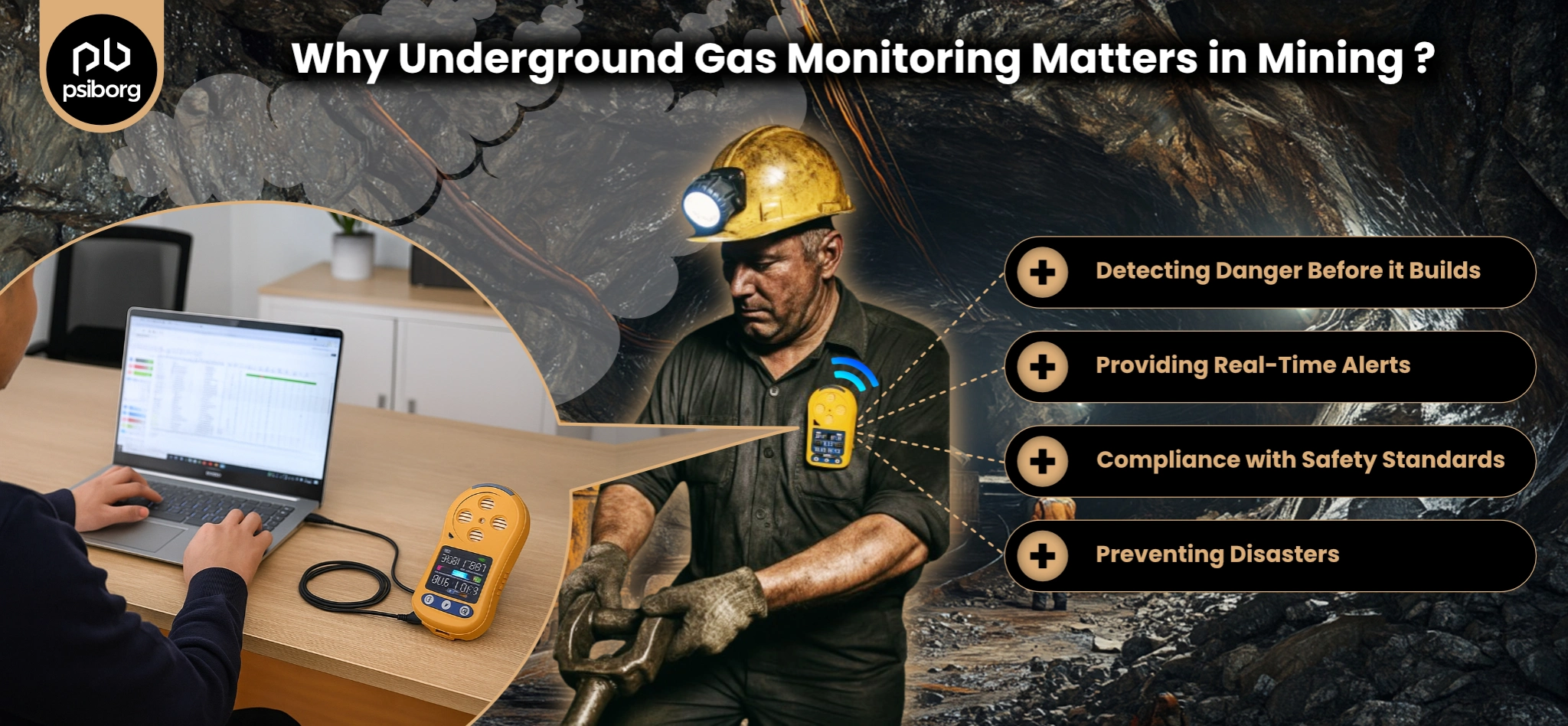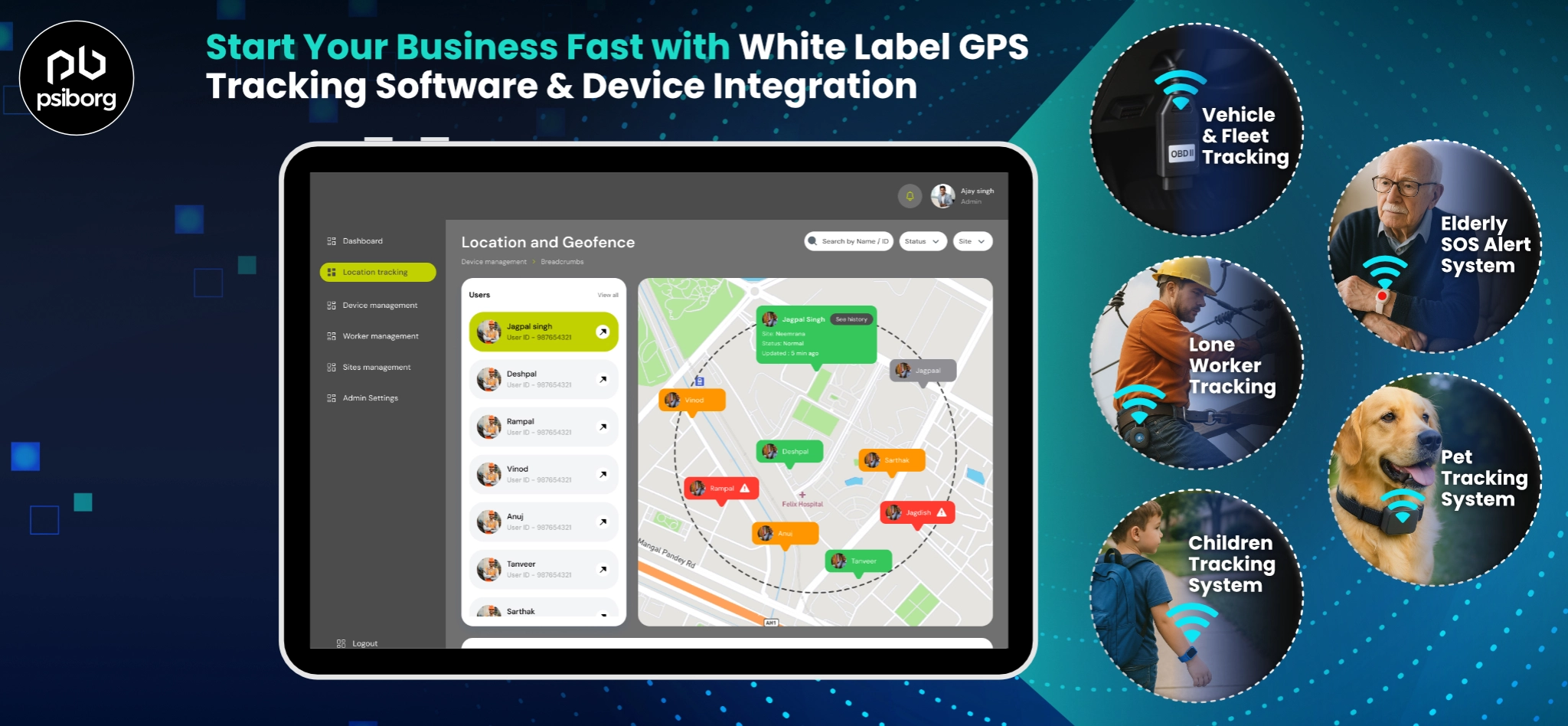
Ever wondered how your handy headphones play the music or how your TV remote helps you to watch your daily soap operas? The answer is ‘Embedded system’. With rapid technological advancements and our growing dependence on these ‘smart devices’, our day-to-day activities revolve around devices having embedded systems. Without this essential software, we will not be able to listen to our favourite music, use electrical light bulbs and switches, perform complex calculations or even have a piping hot dinner from our microwave too.
An embedded system is a type of unique software implanted in any hardware or non-PC- a device that helps in the functioning of the same. This is present in simple devices, like calculators and light switches, to complex devices, like robots and missile guidance systems. Embedded systems are popular because of their compact size and array of functions that can be performed by them. Because of this, they are used in practically every field. They are such a pivotal part of our rapidly advancing industry as they assure high-performance speed, reliability, and also accuracy.
It is a given that the production and programming of these software’s are filled with many obstacles as the environment and the necessities of the user keep on changing. Sometimes we face safety concerns or sometimes the designs become obsolete. And there are many other issues that are frequently faced. In this article, we will delve deeper into this embedded software and study about challenges faced and issues that are encountered in the development of this embedded software.
WHAT IS EMBEDDED SOFTWARE DEVELOPMENT?
It is a type of software that is permanently installed in any hardware or non-PC device and it is uniquely written and coded for that particular hardware only. The main objective of the software is to lay the course of action for the operation of the device. It is usually found in GPS devices, smartwatches, factory robots, calculators, and other such devices. Nowadays most of the self-working technologies contain this embedded software also this software is even practically implemented in industries like Banking, Telecom, Consumer Electronics, Automotive, etc and this is the reason why it is gaining too much popularity.
TYPES OF EMBEDDED SOFTWARE
Embedded software is classified on two bases: Based on performance and functional requirements and Based on the performance of micro-controllers. Let us study more about both of the types.
BASED ON PERFORMANCE AND FUNCTIONAL REQUIREMENTS
On the basis of performance and functional requirements, systems are divided into 4 types

REAL-TIME EMBEDDED SYSTEM
A real-time embedded system is used when output is required at a particular time. These are most needed in the time laced situations where quick response and output are needed, like in the defence and health sectors. Task performance and generation are prioritized. There are 2 types of real-time embedded systems: soft and hard embedded systems
- Soft embedded system- In this system time is not the main motive. Generation of output is given importance and even if the deadline is crossed the valid output will be accepted. The sound system in computers is one the examples
- Hard embedded system- in this system time is considered the top-most priority. The task must be completed in the given time frame and there must not be any delays. The timeline and the process should never be missed. The aircraft control system is one of the best examples.
STAND-ALONE EMBEDDED SYSTEM
Stand-alone embedded systems do not require any host system and can work independently. They show the output on the connected device or make changes on the same. The input data is taken in analogue or digital form and the results after all the proper calculations and conversions are displayed on the connected device. Some examples of stand-alone systems that we use in our day-to-day lives are microwaves, calculators, and even washing machines.
NETWORK EMBEDDED SYSTEM
Network embedded systems are connected to a wired or wireless network to share the output with the server or other devices. These are fast and flexible and quite popular in many areas. Web servers are also a part of a network embedded system as they are based on the web browser which helps in controlling and accessing all the network. Home security systems and ATM machines are very good examples of such systems.
MOBILE EMBEDDED SYSTEM
Mobile embedded systems are those systems that are compact and easy to use. Although they are limited in memory and functions, because of their practical portability they are the most preferred system. Mobiles and laptops are the most used examples.
B. BASED ON PERFORMANCE OF MICROCONTROLLER
On the basis of the performance of microcontrollers these systems are divided into 3 types:
SMALL SCALE EMBEDDED SYSTEM
They are designed using 8-bit or 16-bit microcontrollers and they are powered by a battery. The processor uses less memory and has a low processing speed. These systems are not independent and act as a component of a computer to perform a task.
MEDIUM-SCALE EMBEDDED SYSTEM
They are designed using a 16-bit or 32w-bit microcontroller. These are faster than small-scale ones and have complex integration of hardware and software. Java, C, and C++ are some languages used to develop medium-scale embedded systems.
SOPHISTICATED/ COMPLEX SCALE EMBEDDED SYSTEM
They are designed using 32-bit or 64-bit microcontrollers and are developed to perform large-scale complex functions. These systems contain high complexities in both hardware and software
CRUCIAL ISSUES FACED IN SYSTEM DEVELOPMENT (HALF NEW HALF OLD)
CONNECTIVITY
An embedded software developer could connect to the internet through WiFi, Ethernet, Bluetooth bridge, and many more. Each has it has different advantages and disadvantages along with different software stacks that developers need to learn and understand to get the hardware working.
Sure, developers can use pre-existing software stacks to help in decreasing the challenge, but they still need to understand what’s happening just to understand if breaks or needs to be modified when required.
OVER THE AIR UPDATES
The Firmware remote update is another greatest challenge that should be tackled by software developers. If it’s a simple device then the updates are easy and available updates are sent to a secure website. After this, all users receive the notification that they need to download and install updates.
However, when it comes to IoT devices, the situation is a little different.
Here, all updates must be executed quickly on their own, and user intervention is not needed at all. That is considered a problem as programmers need to fulfil a variety of tasks, from generating an update and checking if they are delivered to checking if running the available updates is possible at an appropriate time.
These are the tasks that require time, skills, and professionalism.
In the end, to tackle such challenges, software developers must have decent experience in building the software and deploying updates on IoT devices.
DEBUGGING
The complexity increases as more and more teams start building connected devices.
Embedded surveys have shown that developers on average spend 40% of their time debugging.
After all, Debugging takes a lot of time and money on every embedded project.
For reasons like these, developers must understand all the debugging techniques available and the ways to prevent them in the first place.
PACE OF CHANGE
The change that took place in recent years is almost remarkable. In the last 5 years, it has thereby witnessed fast development in emerging technologies mainly artificial intelligence. The challenges arise in the embedded system as for the developers, the available technology is changing at a very fast pace, faster than they can even grab the knowledge about it

CHALLENGES FREQUENTLY FACED IN DEVELOPMENT OF EMBEDDED SYSTEM (HALF OLD HALF SAME)
It is quite obvious that embedded software companies face quite a lot of challenges while building the software. Here are a few fundamental problems that occur in the software design and challenges they face concerning the software issues on the process:
SAFETY
These days, Connected devices are now so well networked that anyone on the internet can see them.
Security isn’t something that must be compromised. They could be added to a system at the end of the design cycle. It is not something that can be learned and applied overnight.
Developers need to identify how secure their system needs to be and how shall they function.
LAUNCH PHASE
The IoT segment, time-to-revenue, and time-to-market are the main and important indicators in embedded software development.
However, there is also another problem for component designers i.e the IoT devices have a longer lifespan and that’s why future software updates can be much of a problem.
INTEGRITY AND COMPATIBILITY
Most of the mobile apps that we have on the App Store were built by companies when more or less they were younger than 3 years old. Integrity and security are very essential and inseparable parts and don’t exist without each other when it comes to IoT. IoT devices must be properly protected from various malicious cyberattacks and also security must be implemented at every level of software development.
DESIGN LIMITATIONS
The real challenge comes when The designers must add more processing power and much longer battery life into small spaces. Also, a lot depends on the application of IoT devices.
All this time, we can see a growing demand for inexpensive, and low-power, the configurable processors and highly compatible instruction sets and that is the greatest design limitation
STRUCTURE OF EMBEDDED SYSTEM
Embedded systems are usually composed of 3 main elements
- Hardware- The hardware of embedded systems is made of microprocessors and microcontrollers. Microprocessors refer to a CPU (central processing unit) that is integrated with other basic computing components such as memory chips. Microcontrollers have all those components built into one chip and are embedded inside of a system that controls a singular performed function in a device.
- Software and firmware- Software for embedded systems can differ with respect to the level of complexities.
- Real-time operating system- RTOSs define how the system works by supervising the software and setting rules during program execution. These are not usually present in the embedded systems
The basic structure of the embedded system in terms of hardware includes the following components:
- Sensor- Sensors are also known as Embedded Sensors are part of a computer device/system that is placed inside a device or any electronic instrument like an A2D converter which helps in interacting with the surrounding environment
- A-D converter- it is an analogue to digital converter which converts analogue signals to digital signals that are sent by the sensor.
- Processor and ASICs- processors measure the data to measure the required result and store it in memory.
- D-A converter– It is a digital to analogue converter which converts digital signals to analogue signals which are fed by the processor
- Actuator- An actuator compares the result given by the D-A converter to the actual or expected result stored in it and stores the approved output.
ADVANTAGES AND DISADVANTAGES OF EMBEDDED SYSTEM
As of now, you must have understood that Embedded System has become an integral part of our daily routine and are intended to work with insignificant or no human resistance.
Like every coin has two sides even embedded systems have their advantages and disadvantages. Some of them are given below in the table:
| ADVANTAGES | DISADVANTAGES |
| Embedded systems are highly reliable | High development efforts are required for them |
| They are low in cost | They are very hard to maintain as they are used and throw |
| They are fast and have enhanced operations | It is extremely hard to backup embedded files |
| They have low power consumption | There is no room for technological advancement |
| They optimize the use of resources and are easily customizable | They have less power durability if they are battery operated |
LANGUAGES USED FOR EMBEDDED SYSTEM
These permanent built-in programs are very different from computer-based programs and require a wide range of tools and systems for programming the software and operation of the system. Some of the languages that are used in these embedded systems are as follows:
C and C++ languages– these are traditionally popular languages that were used to develop software. These have low-level access to memory which makes them quite suitable. In addition to this, they are relatively fast and little memory is consumed by them.
Java– Java is used to write embedded systems that are portable and extensible. These systems can be ported to different platforms because of their WORA functionality. These applications are compatible with different types of hardware.
Python- Python is a popular language and is chosen because of its writability, concise, readable coding style, and error deduction. Python can gather, store and analyze tons of data from real-time embedded systems.
Rust– Because of its high performance, multiple safety features, a typestate programming style as well as zero-cost abstractions it makes it ideal for embedded systems programming.
Suggested Reading: THINGS EVERYONE SHOULD KNOW ABOUT EMBEDDED SOFTWARE DEVELOPMENT.
There are many other languages such as Ada, embedded C++, Verilog, Lua, etc. which are quite suitable for writing embedded system software.
CONCLUSION
Embedded systems software is programmed software that helps in the functioning of most of the devices in our day-to-day lives. And as the day is followed by night, the production of embedded systems has its advantages as well as disadvantages. The developers of these software face myriad challenges in the programming of such software. But despite the challenges and the disadvantages, they prove to find efficient solutions for development. The difficulty arises in learning new skills and keeping up with the fast-paced world. The choice of tools and programs will help in reducing the adversities faced and help in the development of new and better software.
The development and improvement in embedded systems will make them act more independently and will bring more functionality to smart devices. Embedded systems will continue contributing to the improvement of the standard of living on our planet.





